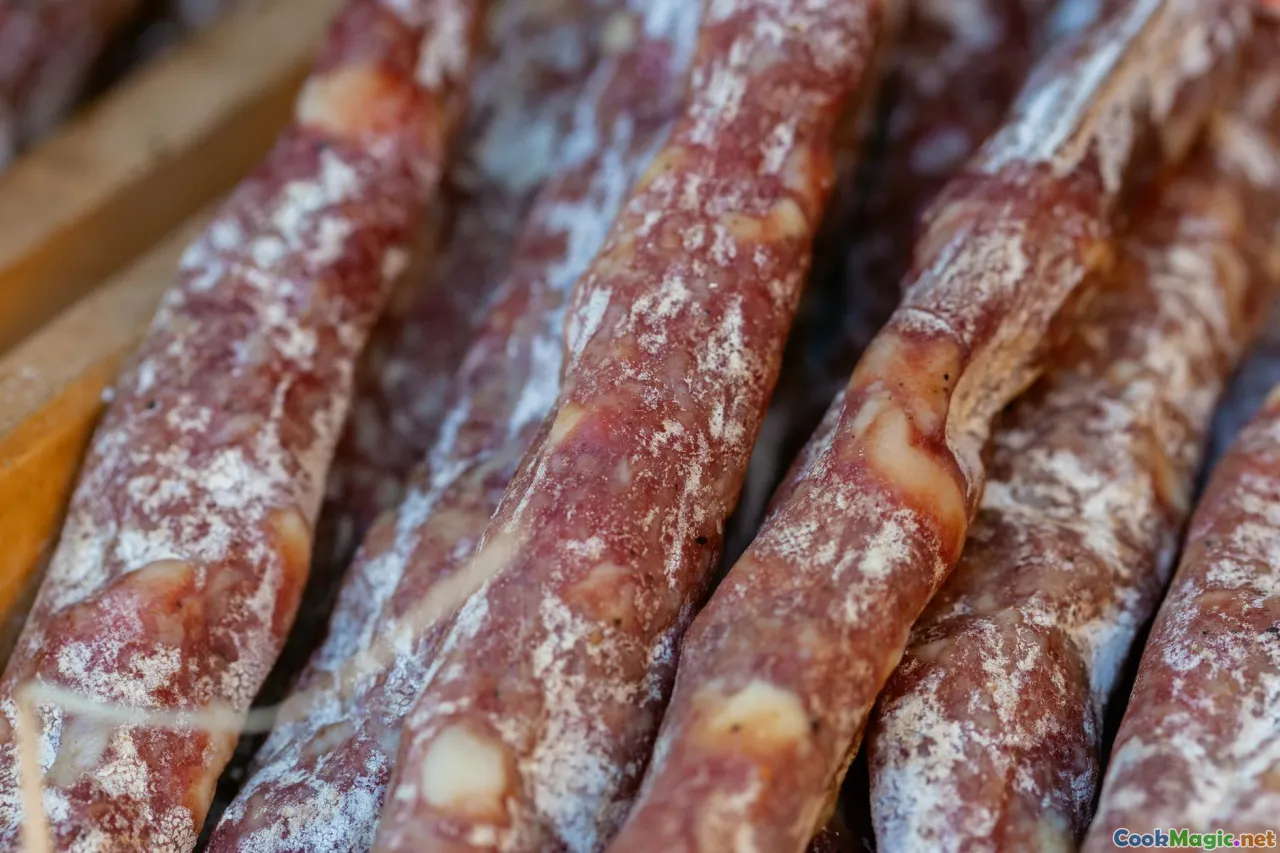The Art of Curing Meats in Finnish Food Culture
7 min read Discover the rich history and techniques of curing meats in Finnish culture, blending tradition, flavor, and craftsmanship in every bite. April 28, 2025 06:00
The Art of Curing Meats in Finnish Food Culture
Imagine a landscape blanketed in snow, long winter nights stretching endlessly, and a community that turns necessity into artistry. Finnish cuisine, renowned for its hearty and comforting dishes, finds a profound expression in the centuries-old tradition of curing meats. This practice isn’t merely about preservation; it’s a cultural ritual, a connection to the land, and a celebration of craftsmanship that has endured through generations.
An Ancient Practice Rooted in Necessity and Nature
Historically, Finland’s harsh climate and long winters made fresh meat a seasonal commodity. Before refrigeration, preserving meat through curing—drying, salting, and smoking—was essential for survival. It transformed perishable ingredients into durable, flavorful staples that could be enjoyed months later, often during the darkest months of the year.
Curing methods were passed down from generation to generation, each family adding their unique touch, influenced by local environment, available resources, and cultural exchanges. Today, these practices continue to thrive, blending tradition with modern culinary appreciation.
The Cultural Significance of Cured Meats
In Finnish food culture, cured meats are more than sustenance; they are embedded in social and ceremonial life. The härkäsaari(a traditional cured beef) andsautéed reindeer, seasoned and preserved through curing methods, are often served during festivals and family gatherings. These dishes evoke a sense of identity and continuity, reminding Finns of their deep-rooted relationship with nature.
For example, makkara(Finnish sausage) sometimes involves curing techniques to develop intense flavors, especially duringVappu (May Day celebrations), where shared meals around bonfires reinforce community bonds.
Techniques and Flavors: The Craft of Curing
Salting and Drying
Traditional Finnish curing often begins with salting. Coarse sea salt or local rock salt is applied generously to meat cuts—beef, pork, or reindeer—to draw out moisture and inhibit bacterial growth. Once salted, the meat is hung in well-ventilated, cool spaces, sometimes with a gentle smoke to add flavor.
Smoking
Smoking is an art form in itself, imparting a smoky richness that complements the natural flavors of the meat. Finnish smoked meats often feature cold smoking over birch or alder wood, infusing a delicate aroma that’s both fragrant and nostalgic.
Fermentation
In some regions, fermentation plays a role, especially in producing traditional delicacies like sauced reindeerorfermented fish. These processes require patience and knowledge, as they develop complex flavors cherished by connoisseurs.
Iconic Finnish Cured Meats and Dishes
Karelian Cured Beef
Originating from Karelia, this dish involves curing beef with salt, juniper berries, and local herbs. The meat is then slowly dried and sometimes lightly smoked, resulting in a dense, flavorful product that’s sliced thinly and served with rye bread.
Reindeer Jerky
Reindeer, a vital part of Sami culture, is often cured and dried to create a portable, energy-rich snack. The curing process enhances the natural gaminess and imparts a slightly sweet, smoky flavor.
Karelian Stew with Cured Meats
A hearty stew that combines cured meats with root vegetables, offering a taste of winter’s bounty. The curing process intensifies the meat’s flavor, creating a rich, savory broth.
Personal Reflections and Modern Innovations
Having tasted Finnish cured meats in a rustic smokehouse in Lapland, I was struck by the sensory experience—the aroma of smoked reindeer filling the air, the satisfying chew of dried meat, and the earthy, tangy notes that only age and patience can produce.
Today, Finnish artisans are blending traditional curing methods with modern techniques, such as vacuum sealing and controlled fermentation, ensuring that these age-old flavors continue to thrive in contemporary markets. Small boutique producers now craft artisanal cured meats that celebrate regional diversity, from the icy north to the lush south.
The Emotional and Social Bond
Curing meats in Finnish culture isn’t just about food; it’s about storytelling, identity, and resilience. Sharing a plate of cured reindeer or a slice of Karelian beef connects generations and communities, forging bonds through tradition.
In an era where fast food often replaces slow craftsmanship, Finnish cured meats remind us of the value of patience, skill, and reverence for nature’s bounty. They are a testament to human ingenuity and the enduring spirit of Finnish culinary heritage.
Conclusion: A Taste of Finland’s Living Heritage
The art of curing meats in Finnish food culture is a beautiful tapestry woven from necessity, tradition, and artistry. It embodies a deep respect for the land and an appreciation for flavors developed over centuries.
Next time you savor a slice of cured reindeer or enjoy a hearty Finnish sausage, remember the stories, the seasonality, and the craftsmanship behind each bite. These preserved meats are more than food—they are a living link to Finland’s soul, a testament to resilience, and a celebration of culinary heritage that continues to inspire and delight.
Embark on this flavorful journey and discover how Finland’s ancient curing techniques continue to shape its vibrant culinary landscape.









